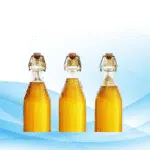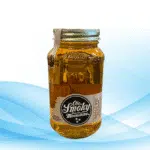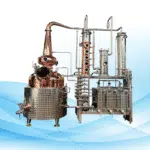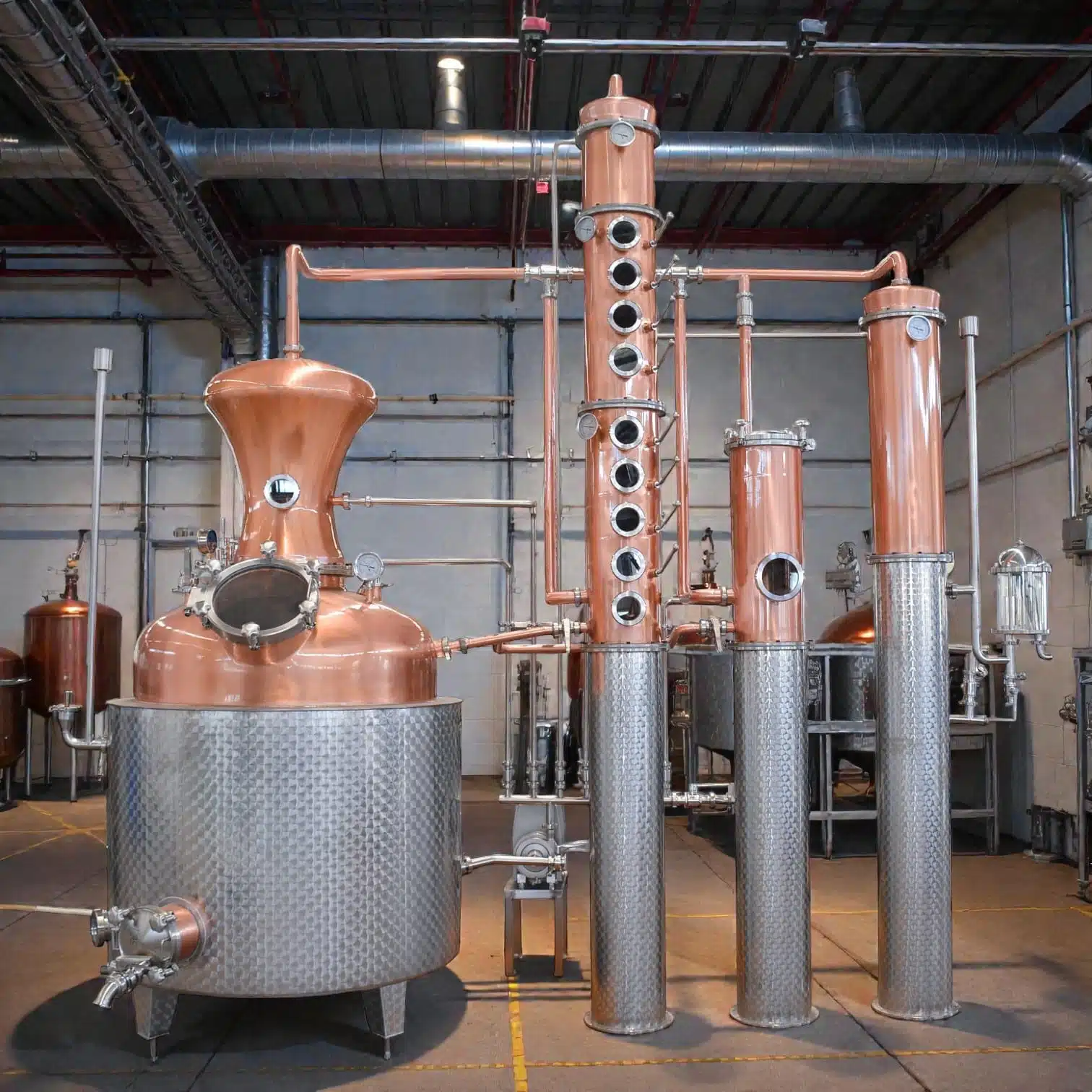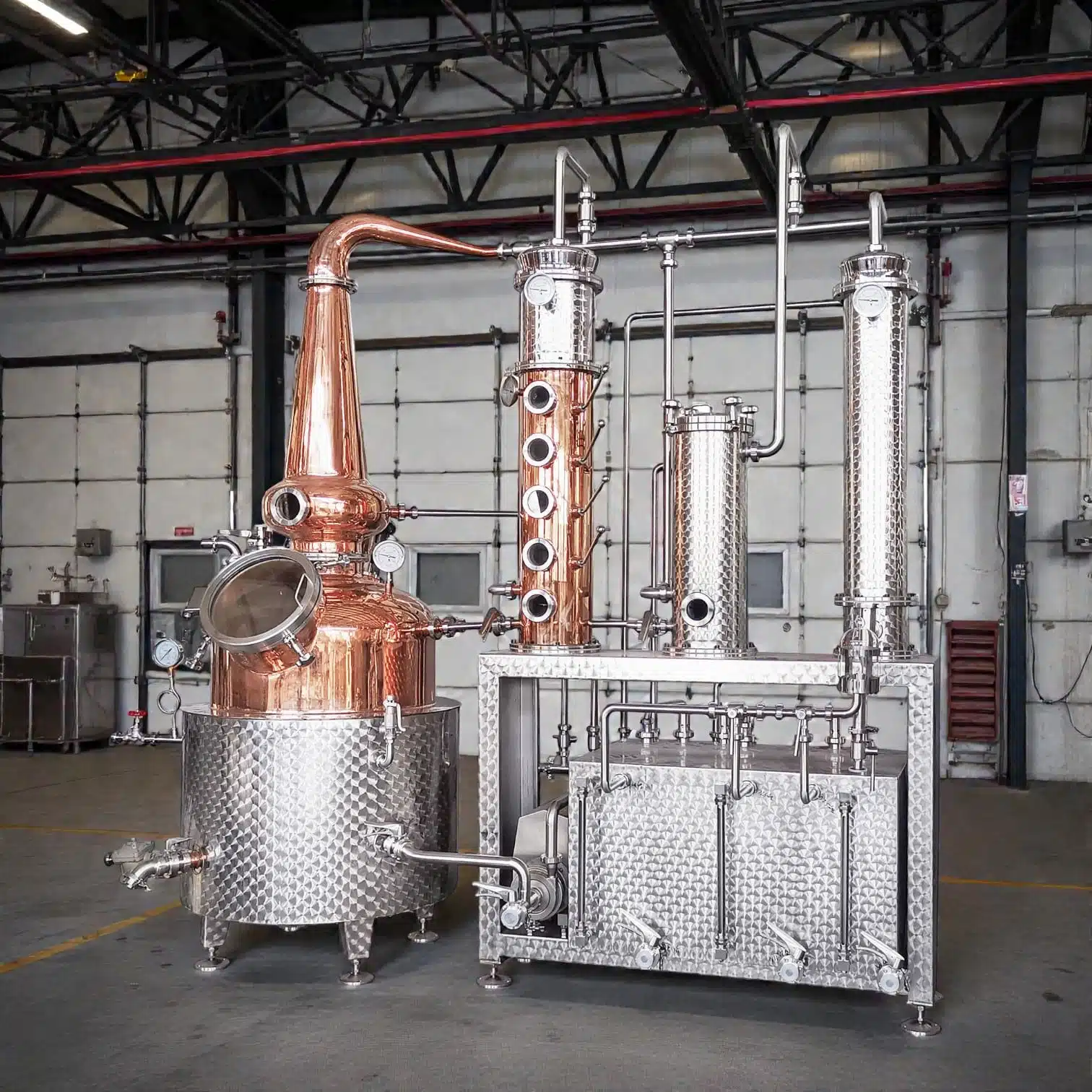Turbo Yeast: A Must-Have for Home Distillers
For those who like making alcohol at home, turbo yeast is certainly a must-have. This type of yeast is developed for optimized fermentation and thus is in high demand, especially among novice and advanced distillers. In this detailed approach to the turbo yeast fermentation system, the methods will describe the components of turbo yeast, the fermentation it makes possible, and the reasons for its effectiveness. At the end, you will be able to appreciate the ways in which your distilling prowess is enhanced by the utilization of turbo yeast.
What is Turbo Yeast?

Turbo yeast is a type of yeast that is called that way as it contains necessary nutrients to reduce fermentation period and produce high spirits. It mainly consists of yeast and the sugar starch, with nutritional supplements and sometimes the more complex additives that tree yeast cells. What makes turbo yeast different from the regular dry yeast is that it works best for making spirits.
Ingredients of a Turbo Yeast
The ingredients in turbo yeast construction are essential and enable turbo yeast to perform above regular yeast by quite a margin. Starting from bottom to up is the supplemented yeast: the yeast holds the center of the turbo yeast construction, which is often an aggressive one that works well in high sugar high alcohol content conditions. This yeast is chosen in light of its ability to survive harsh fermentation conditions.
Nutrients: Turbo yeast also contains some additional nutrients like nitrogen, vitamins, and minerals. These nutrients during a rapid fermentation stage assist the yeast to multiply normally. If these additional substances are lacking, yeast may go through a stressful state that can result in yeast not completing the fermentation process and generating undesirable tastes.
Enzymes: Some turbo yeasts also have enzymes in them that convert polysaccharides into monosaccharides for easier fermentation of the yeast. This processes enzymes is important for achieving full alcohol content in shorter duration.
Buffers and Stabilizers: These ingredients generally help in maintaining a constant pH during the alcohol fermentation process, since it affects the for optimum yeast activity. They inhibit the activity of heat, low pH and other damaging forces that could affect the alcoholic fermentation process.
The Fermentation Process

It is important to know the basics of the fermentation process because it explains how turbo yeast functions. Here is a simple elaboration of the principles:
Preparation: First, take your sugar, whether in the form of table sugar, fruit or grain, and dissolve it in warm water. This resulted in a sweet solution called the wort.
Adding Turbo Yeast: After the wort is ready for fermentation, the turbo yeast is introduced. Make sure that the temperature of the mixture is within the optimal range for the yeast strain you are ready to work with. Usually within the range of 21 degrees Celsius to 30 degrees Celsius (approximately 70 degrees Fahrenheit to 85 degrees Fahrenheit).
Fermenting: Once the yeast is added, it begins its work of eating up the sugars and resulting in alcohol and carbon dioxide. This phase may be quite aggressive, and people will often observe some form of bubbling or foaming. Again, turbo yeast works faster at any dose and can process most of the fermentation in about three days.
Measuring Alcohol Content: During the fermentation process, the alcohol content also has to be assessed. Before and after fermentation, you can obtain the specific gravity of the liquid using a hydrometer. Turbo yeast can elevate alcohol content to 20% or even more, depending on sugar level and fermentation environment.
Finishing and Distillation: After complete fermentation has occurred, the resulting mixture can be distilled in order to retrieve the alcohol and leave behind all the other constituents. This is where the real action begins, for distillation is the word which amalgamates the maximum quantity of alcohol value.
The Science Behind Turbo Yeast
The factors, which determine how effective turbo yeast is, can be explained better through science.
Osmotic Percussion Resistance: Turbo yeast is resistant to cytotoxic levels as well as alcohol. This helps turbo yeast in the presence of adverse conditions. Although, as a result of the enzymes present in turbo yeast, the sugars are also metabolized in up to two hours when regular yeast could take six hours. This sudden transformation enables massive amounts of alcohol to be produced in the least time possible.
Stress Resistance: The constituents of turbo yeast and the stabilizers in it counteract ordinary stressors during fermentation, such as high acidic contents and extreme temperature changes. This resistance helps in making a more reasonable fermentation, which in turn offers a better tasting product at the end.
The Benefits of Use of Turbo Yeasts
In addition to that, there are some points of advantages regarding the use of turbo yeast in home distilling.
Speed: One of the adventurous pros is the reduction of the fermentation time. The process of fermentation for turbo yeast can last between 24 and 72 hours, which increases the production cycles else than other common yeast.
High Alcohol Content: Use of turbo yeast helps in achieving higher alcohol content in the beverages, thus aiding those that love stronger beverages.
Adaptability: Turbo yeast is well suited for sugar washes, fruit mashes, grain recipes and so much more due to its ability to work will all sorts of ingredients for various distilling projects.
Better Spirits: Turbo yeast is also well capable of producing clean, well-balanced flavored spirits if used the right way because of the proper formulation and nutrient contents used.
Best Practices with Turbo Yeast
To get the best out of turbo yeast, consider the following tips:
Temperature Management: We recommend trying to maintain an even temperature in the fermentation area. Excessive heat can be bad for the yeast, and so can low temperatures.
Sugar Levels: Check that you have the right quantity of sugar in your wort. Excessive can kill the yeast, while too little would not create enough alcohol.
Rehydration: Avoid adding dry yeast directly to the wort: hydrate it as per instructions provided in the package first. This activates the yeast and rouses it from dormancy to start up the whole process.
Wait: It is understandable that turbo yeast is fast-acting, but do not distil the beer before complete fermentation. In a rush, unnecessary tastes come into the picture, creating inferior quality spirits.
Conclusion
Turbo yeast is something worth having for everyone who wishes to try home-distilling. Its potential is not only in the distilling of any kind of spirit, but also in how the active ingredients work together and affect the fermentation stage. It does not matter whether you are looking at using it for the first time or have done it for a number of years, turbo yeast will help in the desired fermentation in remarkable turnaround time. It is good to understand the simple logic behind turbo yeast so that you will be able to distill reasonably good spirits within the shortest period possible.




